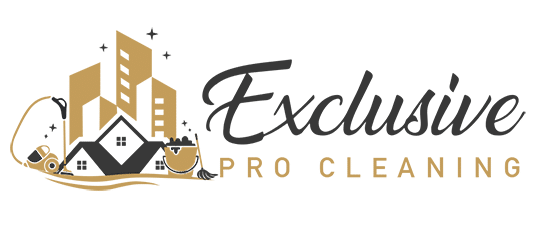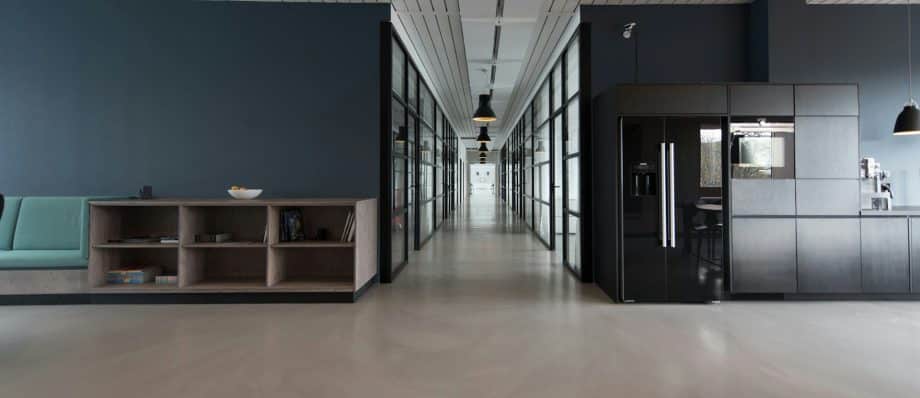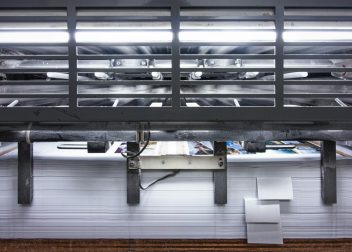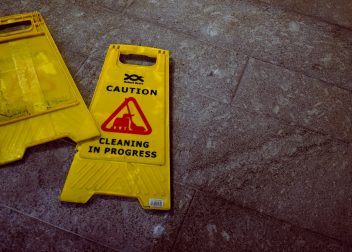Best Practices for Commercial Cleaning and Disinfection
In the realm of commercial spaces, cleanliness and hygiene are paramount not only for the health and safety of employees and customers but also for the overall reputation and success of the business. Effective cleaning and disinfection practices are essential to mitigate the spread of germs, bacteria, and viruses, especially in shared environments where people congregate. In this article, we delve into the best practices for commercial cleaning and disinfection, outlining strategies and techniques that businesses can implement to maintain a clean and sanitary environment.
Understanding the Importance of Commercial Cleaning and Disinfection
Commercial spaces, including offices, retail stores, restaurants, and healthcare facilities, are high-traffic areas where germs and bacteria can easily spread. Surfaces such as door handles, countertops, and shared equipment can harbor pathogens, increasing the risk of infections and illnesses among occupants.
Moreover, with the emergence of highly contagious viruses like the COVID-19 coronavirus, the importance of thorough cleaning and disinfection has been magnified. Businesses have a responsibility to prioritise the health and safety of their employees and customers by implementing rigorous cleaning protocols.
Best Practices for Commercial Cleaning
- Develop a Cleaning Plan: A comprehensive cleaning plan serves as a roadmap for maintaining cleanliness in commercial spaces. Identify high-touch surfaces that require frequent cleaning, establish cleaning frequencies, and assign responsibilities to designated staff members.
- Use the Right Products: Selecting the appropriate cleaning products is crucial for effective sanitation. Choose EPA-approved disinfectants that are proven to eliminate a broad spectrum of germs and viruses. Additionally, ensure that cleaning products are suitable for specific surfaces to prevent damage.
- Implement Proper Techniques: Train cleaning staff on proper cleaning techniques to maximise effectiveness. Emphasise the importance of thoroughness and attention to detail, particularly in areas prone to contamination. Techniques such as wiping in a consistent direction and using separate cloths for different surfaces can prevent cross-contamination.
- Prioritise Restrooms and Common Areas: Restrooms and common areas are hotspots for germs and bacteria. Devote extra attention to cleaning and disinfecting these areas, including toilet seats, sinks, faucets, and door handles. Stock restrooms with hand hygiene supplies such as soap, hand sanitiser, and paper towels to promote proper hand hygiene among occupants.
- Regular Vacuuming and Floor Maintenance: Keep floors clean and free of debris by implementing regular vacuuming and mopping schedules. Pay attention to high-traffic areas and entryways where dirt and contaminants are more likely to accumulate. Additionally, address spills and stains promptly to prevent slips and falls.
Best Practices for Commercial Disinfection
- Establish Disinfection Protocols: Develop clear protocols for disinfecting surfaces in commercial spaces. Determine which areas require disinfection, such as shared workstations, tables, and electronic devices. Establish disinfection frequencies based on risk levels and occupancy rates.
- Allow Sufficient Dwell Time: Ensure that disinfectants remain wet on surfaces for the recommended dwell time to effectively kill germs and viruses. Follow manufacturer instructions for each disinfectant product, as dwell times may vary depending on the formulation.
- Use Appropriate Personal Protective Equipment (PPE): Provide cleaning staff with the necessary PPE, including gloves and face masks, when handling disinfectants. Proper PPE usage reduces the risk of exposure to harmful chemicals and pathogens during the cleaning process.
- Incorporate Technology: Leverage technology to enhance the efficiency and effectiveness of disinfection efforts. UV-C light devices, electrostatic sprayers, and robotic cleaners are innovative tools that can supplement manual cleaning and reach areas that are difficult to access.
- Perform Regular Audits and Inspections: Conduct routine audits and inspections to evaluate the efficacy of cleaning and disinfection practices. Identify areas for improvement and address any deficiencies promptly to maintain a high standard of cleanliness and hygiene.
Effective commercial cleaning and disinfection practices are essential for promoting a safe and healthy environment in commercial spaces. By implementing best practices such as developing a cleaning plan, using the right products and techniques, and prioritising high-touch areas, businesses can mitigate the spread of germs and bacteria. Additionally, incorporating technology and conducting regular audits can further enhance the effectiveness of cleaning and disinfection efforts. Ultimately, investing in thorough sanitation protocols not only protects the health and well-being of occupants but also contributes to the overall success and reputation of the business.
Article Sponsored by:

Website: https://www.exclusiveprocleaning.co.uk
Email: admin@exclusiveprocleaning.co.uk
Telephone: 0161 222 0076



